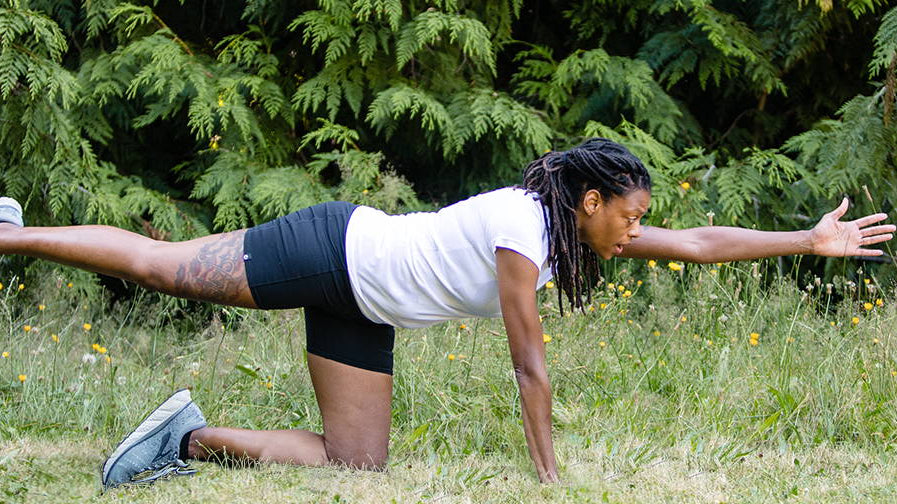What does this have to do with you? Well, if you vote it is very likely that your representatives have had to consider the rights of the Native nations within your state. In 2019 Congress introduced the Native American Voting Rights Act to remove voting barriers and improve access to Native American and Alaska Native voters. If you live in a state with Native nations or reservations it is incumbent on you to consider who the democratic process privileges.
Today there are 574 federally recognized tribes and more than 60 state recognized tribes. NCAI created a guide to understanding the difference between federal and state recognized tribes, nation to nation status, and much more in the Tribal Nations and the United States report. As sovereign nations, tribes utilize their own body of law known as American Indian Law in concert with the laws of the US Constitution. Individual tribes can also execute legal judgments using Tribal Law and restorative justice based in Indigenous philosophies of restoration. Restorative justice aims to address the misdemeanor by creating trust, support, and healing within the community, rather than using punitive measures or incarceration.
Speaking of Federal Recognition…
The Duwamish tribe of Seattle, WA is currently seeking federal recognition (sign the petition here). Federal recognition is a legal relationship between the federal government and a Native American tribe in which the federal government, through previous treaty negotiations, agreed to protect the tribe, respect their sovereignty, and provide for the well-being of the tribe in exchange for land. This is also known as the “federal Indian trust responsibility”, and today that may look like protecting treaty rights, lands, assets, resources, providing health care clinics and schools on reservations. Federal recognition does come with many burdens for Native tribes. A troubling aspect of the trust responsibility is that the government remains in control of the Native land, and tribes need legislative approval to make any changes on or to their lands. Psst...find out if your local lawmakers support the tribal communities in your area. Interested in learning more? Go the Native American Rights Fund.










